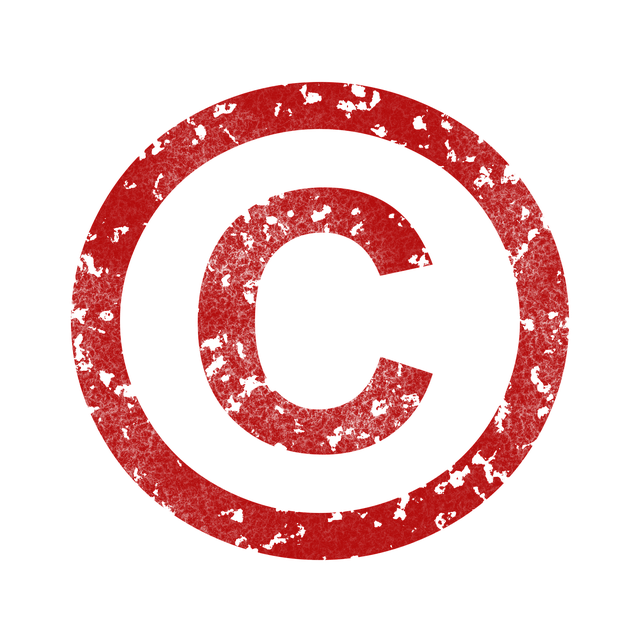What do you know about balance sheets and their structure? These documents are essential for companies, given that they help to maintain good financial health. What’s more, they are very useful when it comes to making strategically important decisions, since they show you what resources you do and don’t have. If you’ve never heard of them, we’re going to tell you what they involve, how they’re structured, and where you can indicate outsourced services. Shall we begin?
What is a balance sheet?
As its name suggests, it is basically a document in which the financial state of a company is studied and analyzed. It reflects any possible assets, stocks, savings, or expenses. All this is broken down in detail, so that you can get the full picture of what is going on.
Keep in mind that balance sheets are essentially “snapshots” of specific moments in time. In other words, unlike other kinds of reports, such as an annual budget, a balance sheet does not provide predictions. Simply put, it describes all expenses and earnings that a company has at the time the document is created, generating the final result.
Why are these kinds of documents important?
They are analytical tools that provide you with accurate information about how your company is being managed financially. The main advantage of a balance sheet is that it gives you a broad and accurate perspective of your business’ financial state. You can use these data to assess new investments or hires, or to see where you need to cut costs.
How is a balance sheet structured?
Generally speaking, these documents are divided into three parts. Evidently, companies that deal with more money will divide their balance sheets into many more subsections. However, the following structure should always be maintained.
Assets
These are any elements of value held by your company. For example, an asset may be work equipment that you own. Similarly, any debts or contracts that a third party has signed with you are also included in your assets. Now, it’s important to distinguish between two types:
- Current assets. Current assets are those that can be exchanged quickly for cash. They are properties, products, investments, stocks, or other kinds of elements that can be sold at their current market value. They are what reflect the current liquidity of your company.
- Noncurrent assets. On the other hand, noncurrent assets are all those that cannot be turned into cash in under a year. These would be elements that do have an economic value, but that cannot be turned into cash immediately, for one reason or another. Here’s an example: if you own an office building, you would normally count it as a noncurrent asset, since selling such a large building could take a long time. Another example of a noncurrent asset are any long-term investments.
Liabilities
These include any debts or commitments your company may have contracted with another entity, whether it’s another company or an individual. These can be in the form of loans or just the hiring of staff. A very common example of this are outsourced services. Generally, they are fixed monthly, quarterly, or yearly costs that must be interpreted as liabilities; in other words, it is money you owe to another company. You need to distinguish between:
- Current liabilities. These would be liabilities that must be returned in under a year. Here you would include debts such as rent or buying machinery or other work equipment in installments. Outsourced services are also current liabilities. If you’ve hired the services of a marketing or translation agency, for example, you’ll need to include a breakdown in this section. The reason for this is that, financially speaking, they are small debts your company has agreed to with a third party.
- Noncurrent liabilities. These are not paid back in under a year. The most obvious examples are loans, mortgages, or long-term purchases.
Net equity
This is the figure that is generated when the liabilities are subtracted from the assets. The idea is always to get a positive number since, if the opposite occurs, your business would either be bankrupt or operating at a loss. With this final figure, you can have a more or less accurate “snapshot” of how your company is doing, financially speaking. It is very useful if you want to know how much capital you have for investments, structural changes, and other relevant decisions.
Now that you know all about creating a balance sheet and how it’s structured, this document can help you decide whether or not to take on new investments. One of the most profitable investments is hiring a translation agency, since it will help you expand your business. Here at Blarlo, we can help you achieve your goals. Get in touch!






